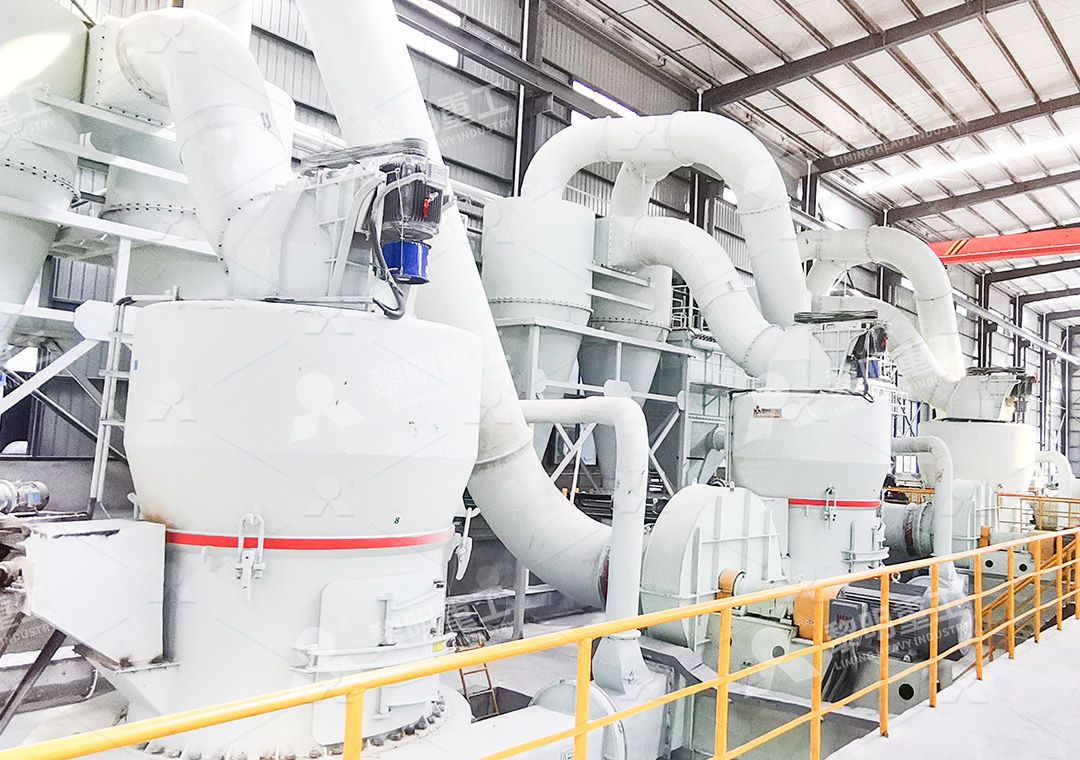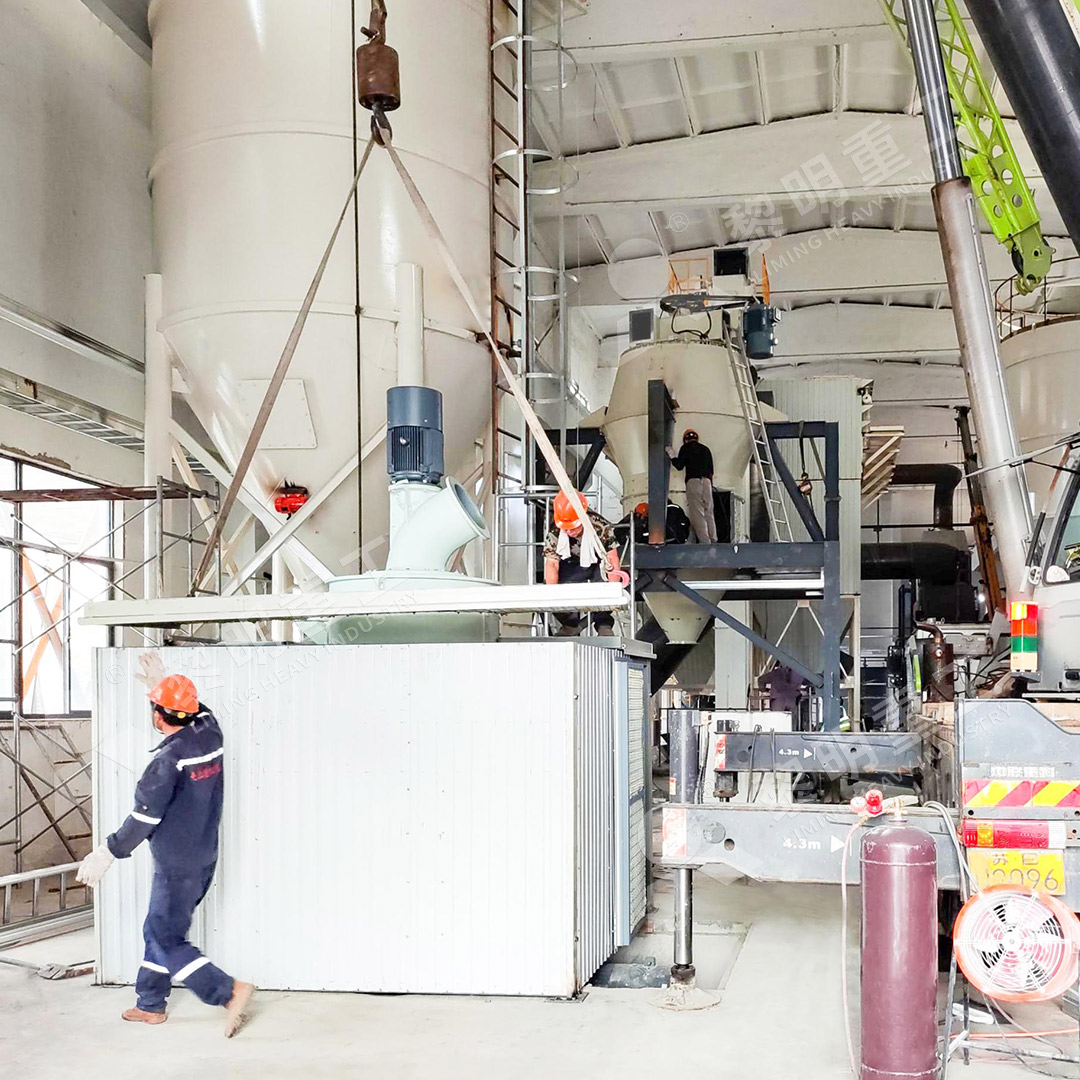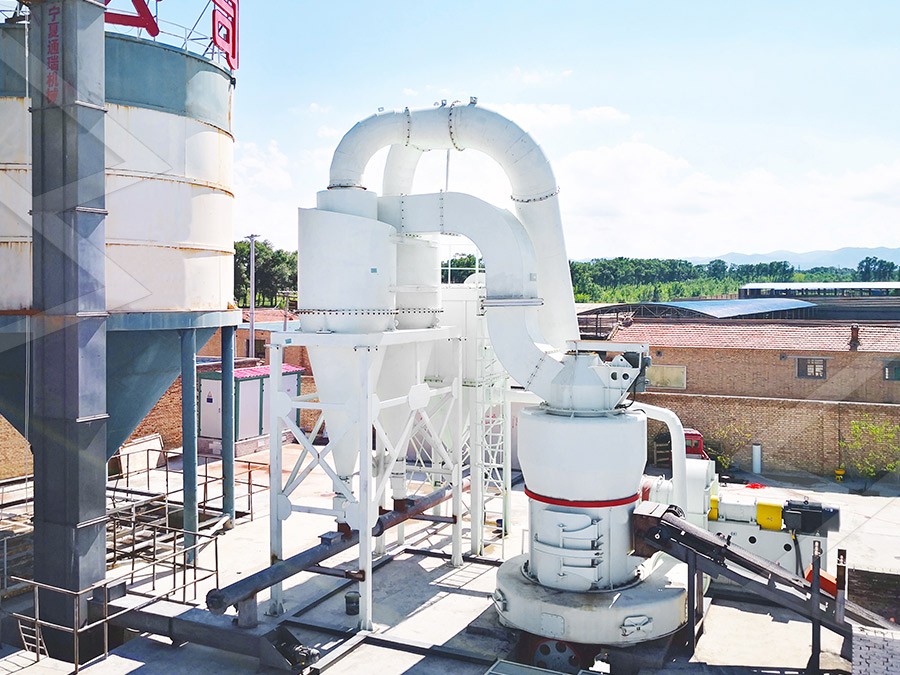Barite Crushing and Grinding Mill Equipment Selection Guide
Barite Crushing and Grinding Mill Equipment Selection Guide
Processing barite requires careful consideration of equipment selection to achieve optimal particle size distribution, production efficiency, and cost-effectiveness. Barite’s specific gravity (4.0-4.6) and moderate hardness (3-3.5 Mohs) present unique challenges that demand specialized milling solutions.
Understanding Barite Processing Requirements
Barite grinding typically targets fineness between 325-2500 mesh for various industrial applications, including oil and gas drilling mud, paints, plastics, and rubber compounds. The selection of appropriate grinding equipment depends on multiple factors: feed size, required capacity, final product fineness, and energy consumption considerations.

Key Equipment Considerations
When selecting barite grinding equipment, operators must evaluate several critical parameters. The initial crushing stage typically reduces raw barite to 0-20mm, preparing it for fine grinding. Production capacity requirements can range from small-scale operations (0.5-5 tph) to large industrial production (25-50 tph).
Energy efficiency has become increasingly important, with modern mills offering 30-50% reduction in power consumption compared to traditional ball mills. Environmental considerations, including dust control and noise reduction, also play a significant role in equipment selection for today’s regulated industrial environments.
Recommended Solution: MW Ultrafine Grinding Mill
For barite applications requiring ultra-fine powder between 325-2500 meshes, the MW Ultrafine Grinding Mill represents an optimal solution. This advanced mill handles input sizes of 0-20 mm with capacities ranging from 0.5 to 25 tph, making it suitable for various production scales.
The MW Series incorporates several innovative features specifically beneficial for barite processing. Its German-designed cage-type powder selector ensures precise particle separation, achieving screening rates of d97≤5μm in a single pass. The absence of rolling bearings and screws in the grinding chamber eliminates common failure points, significantly enhancing operational reliability.

Environmental compliance is built into the MW design, with an efficient pulse dust collector and muffler system that minimizes dust emissions and reduces operational noise. The external lubrication system allows for maintenance without shutdown, supporting continuous 24-hour production critical for barite processing operations.
Alternative Solution: LUM Ultrafine Vertical Grinding Mill
For operations requiring slightly different parameters, the LUM Ultrafine Vertical Grinding Mill offers another excellent option. With an input size of 0-10 mm and capacity range of 5-18 tph, this mill integrates Taiwanese grinding roller technology with German powder separating technology.
The LUM’s unique roller shell and lining plate grinding curve generates material layers more effectively, enabling high finished product rates through single-pass powder milling. Its double position-limiting technology provides exceptional operational stability, while the reversible structure simplifies maintenance procedures.
Operational Best Practices
Successful barite processing requires attention to several operational aspects. Proper feed size control ensures optimal mill performance and prevents unnecessary wear. Regular monitoring of grinding pressure and rotational speed maintains consistent product quality. Implementing preventive maintenance schedules for grinding rollers and rings extends equipment lifespan and maintains production efficiency.

Modern grinding mills incorporate digital processing and numerical control manufacturing, ensuring high precision in core components. This manufacturing approach, combined with comprehensive spare parts support, guarantees worry-free operation and minimal downtime.
Frequently Asked Questions
What is the optimal feed size for barite grinding mills?
For ultra-fine grinding applications, the optimal feed size typically ranges between 0-20mm. The MW Ultrafine Grinding Mill specifically handles this range efficiently, ensuring smooth operation and consistent product quality.
How does the MW Mill achieve energy savings compared to traditional mills?
The MW Ultrafine Grinding Mill reduces energy consumption by 30-50% through optimized grinding curves, efficient powder selection technology, and advanced mechanical design that minimizes friction and resistance throughout the grinding process.
What fineness range can be achieved with modern barite grinding equipment?
Advanced mills like the MW Series can produce barite powder ranging from 325 to 2500 meshes, with the ability to achieve d97≤5μm particle size distribution in a single processing stage.
How important is environmental compliance in barite grinding operations?
Modern equipment incorporates comprehensive environmental protection features, including pulse dust collectors that eliminate dust pollution and noise reduction systems that maintain workplace safety and regulatory compliance.
What maintenance advantages do contemporary grinding mills offer?
Designs like the MW Mill feature external lubrication systems, absence of internal screws and rolling bearings in grinding chambers, and reversible structures that enable maintenance without production shutdowns and reduce overall operating costs.
